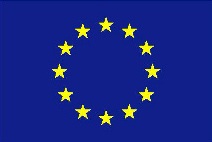Медиа
Наша работа
Присоединяйтесь!
Публикации

CEE Bankwatch Network gratefully acknowledges EU funding support.
The content of this website is the sole responsibility of CEE Bankwatch Network and can under no circumstances be regarded as reflecting the position of the European Union.
Unless otherwise noted, the content on this website is licensed under a Creative Commons BY-SA 3.0 License.


